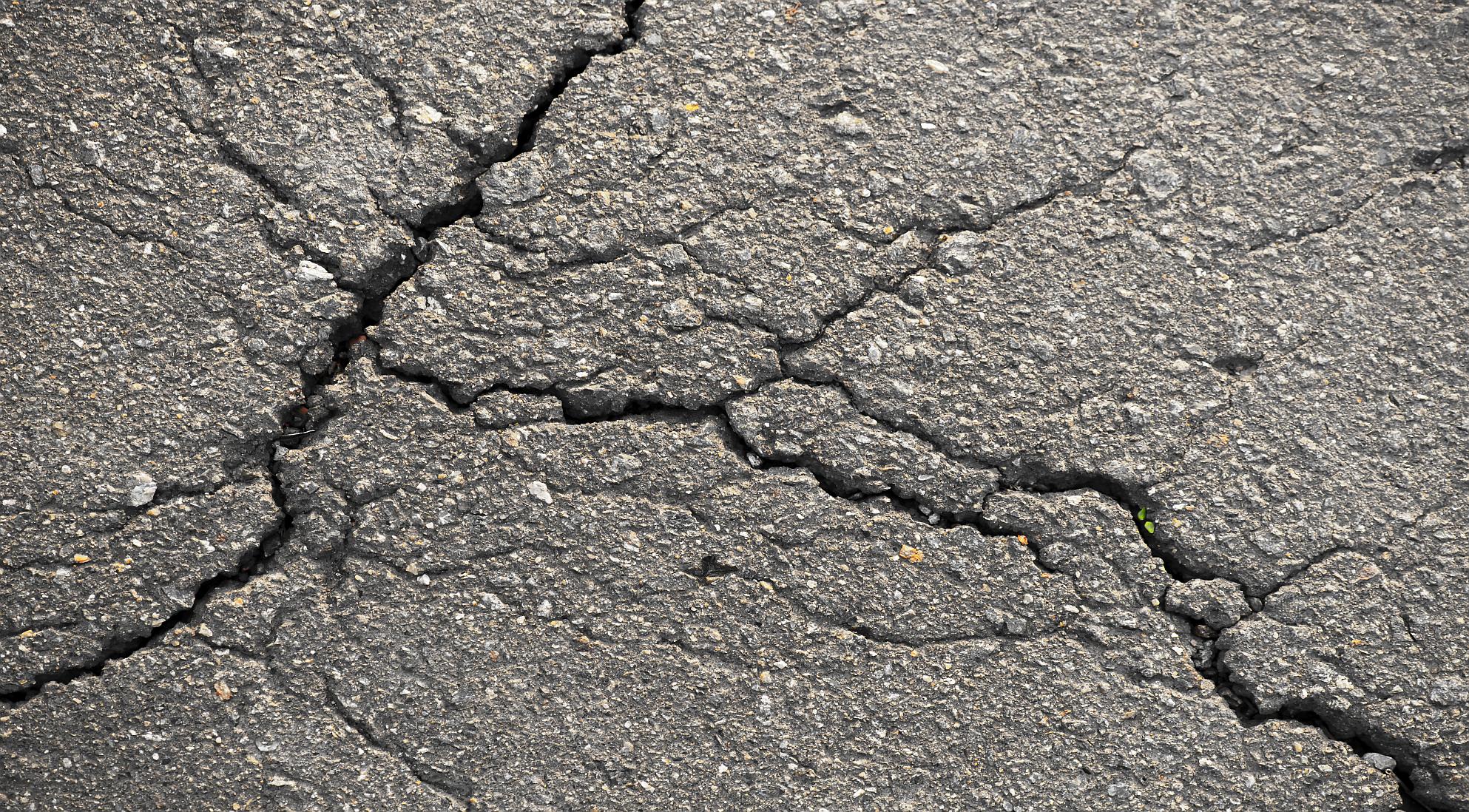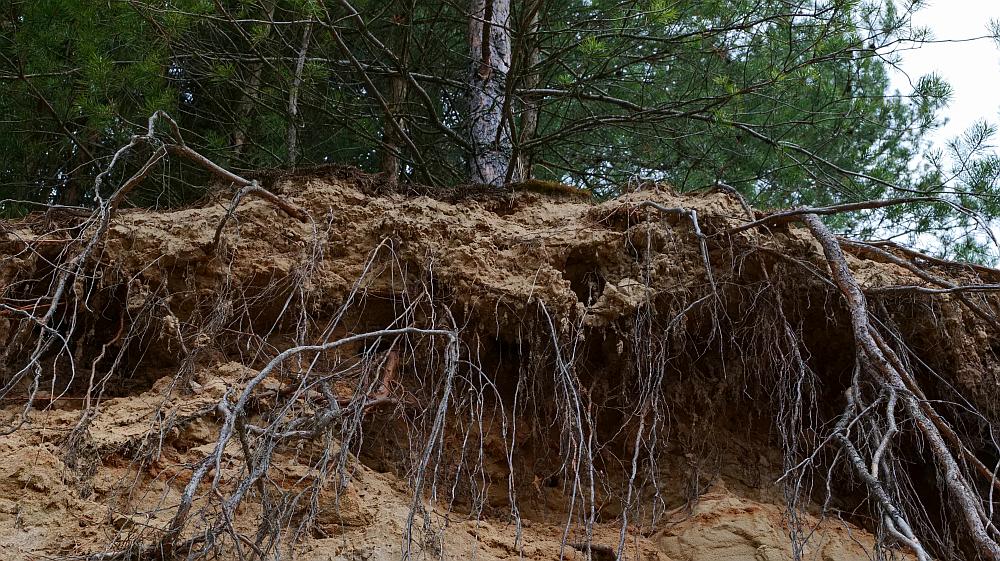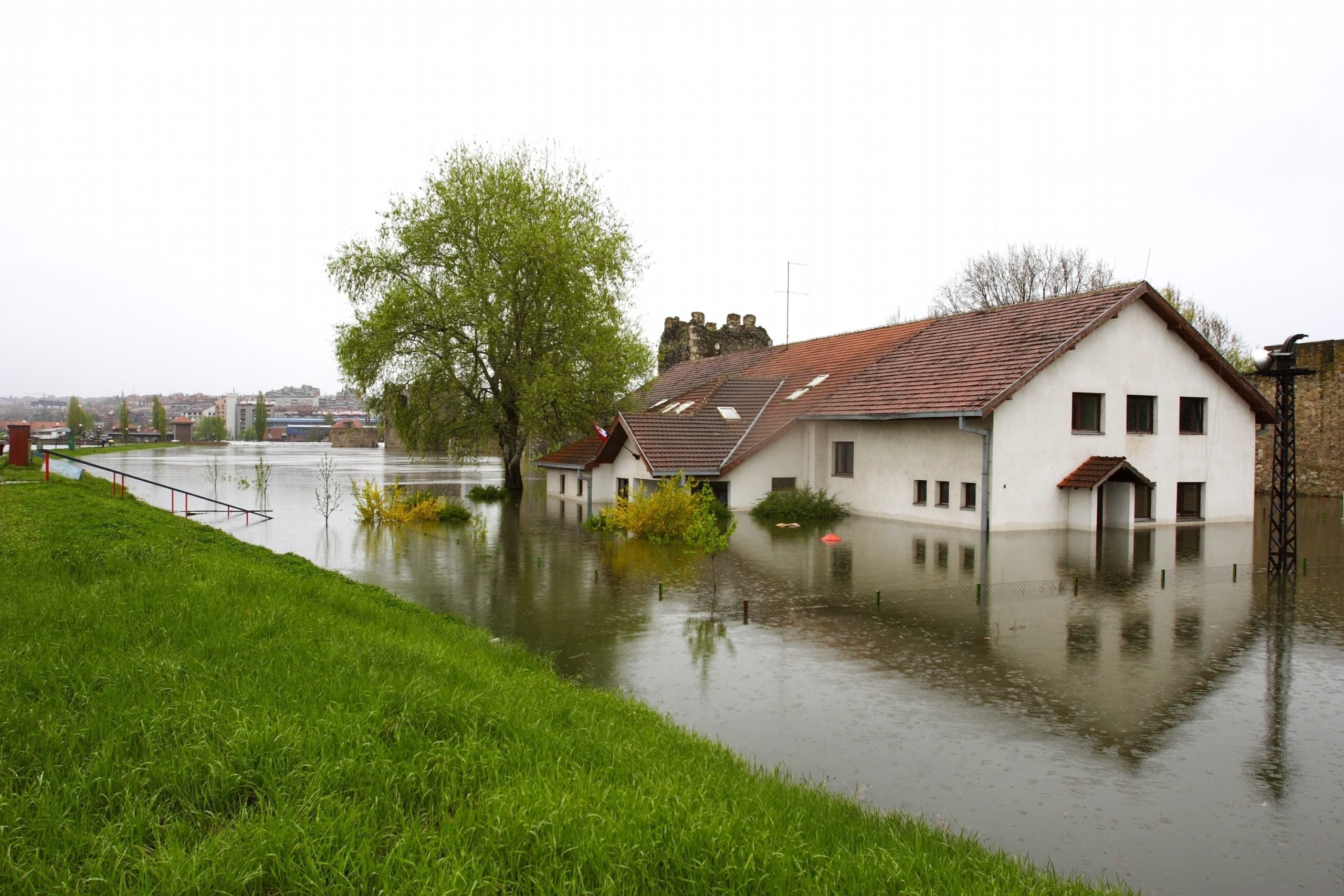If you live in certain areas of California, you are probably no stranger to natural disasters, such as earthquakes, drought, and landslides. While California is known for its blue skies and warm weather, it also has some of the worst wildfires, particularly when there has been little to no rainfall. This causes the trees, brush, and grass to burn more easily. When the winds pick up, the fire can spread very quickly, destroying everything in its path.
If you live in an area where wildfires are common, it is crucial that you take the necessary safety precautions and have an evacuation plan in place to ensure that you, your loved ones, and your property are protected. A lawyer can assist with the claims process if you have property damage because of a wildfire.
Wildfires are uncontrolled and unwanted fires that usually start in forested areas. A combination of high temperatures, low humidity, lack of rainfall, dry vegetation, and windy conditions is a recipe for disaster. Once a fire starts, it can quickly get out of control. While natural igniters, like lightning, can trigger a wildfire, many wildfires are caused by humans, most of which are accidental.
Once an ignition source starts a fire, the dry trees and other vegetation provides the fuel needed to maintain and spread the fire. In addition to the dry conditions of the vegetation, wind causes a fire to grow and spread faster than other conditions, as it constantly brings a fresh supply of oxygen to the fire. In addition to destroying forests, parks, and other natural resources, wildfires can destroy homes and threaten the safety of those who live and work in its path.
Since wildfires are unplanned and often spread very quickly, it is imperative that you have a plan in place so that you are prepared if a wildfire gets out of control in your area. The following checklist will help you prepare for an evacuation:
It is important that you set up a family communication plan that designates one person as the point of contact for friends and relatives. Keep a list of important phone numbers written down or stored digitally. Make sure that all family members are familiar with the plan so that they know what to do if an evacuation becomes necessary. The plan should include the following:
It may be extremely difficult leaving your home, knowing that it could be destroyed by a wildfire. However, if authorities have issued an evacuation order, it is crucial that you leave. If you decide to stay, you are putting yourself and your family in extreme danger. In addition, firefighters will be put in a position to risk their lives to rescue you. When evacuating your property, keep the following tips in mind:
Due to the ongoing Coronavirus (COVID-19) pandemic, public shelters may have limited space available. Consider making plans to shelter with family members who live outside of the local area that is directly impacted by the fire.
If you are staying at a shelter temporarily, maintain a distance of 6 feet between yourself and other people who are not members of your household. Wear a mask and use hand sanitizer regularly. You may be required to take a COVID-19 test or show proof of vaccination before entering a shelter.
Do not attempt to return to your home unless local fire or law enforcement authorities say it is safe. Even after the fire has been put out, the condition of your home or the surrounding area may not be safe. The following are several types of possible safety hazards that you should be aware of after a wildfire:
Once you are able to safely return to your home, you will need to assess the damage to your home and property. Take detailed photographs of the property and the exterior of the home, including the roof. If the roof has been damaged by the fire, place a tarp on the damaged part of the roof.
If it is safe to enter your home, take pictures of any fire or smoke damage to the walls, carpet, furniture, attic, and any other belongings. Contact your insurance agent as soon as possible so that you can initiate the claims process. An experienced lawyer can assist with the claims process and address all of your questions and concerns.
If your home was damaged in a wildfire, do not hesitate to contact our Los Angeles property insurance lawyers at ACTS LAW. Our skilled legal team will work closely with you to make sure your rights are protected. To schedule a free consultation, call us today at 833-228-7529 or contact us online. Located in Los Angeles and San Diego, we serve clients throughout Southern California.

Earthquakes can strike suddenly and cause significant damage. From injuries to property destruction, the aftermath of an earthquake can be overwhelming. Unfortunately, many homeowners face financial d...

Experiencing landslide damage can be a devastating event that affects both your life and your home. Amidst the process of recovering and repairing your house, you may also find yourself dealing with i...

It is critical to understand how California state law defines personal property and loss of use. Understanding the claims procedure can help you make sure you get the insurance payout you are due if y...